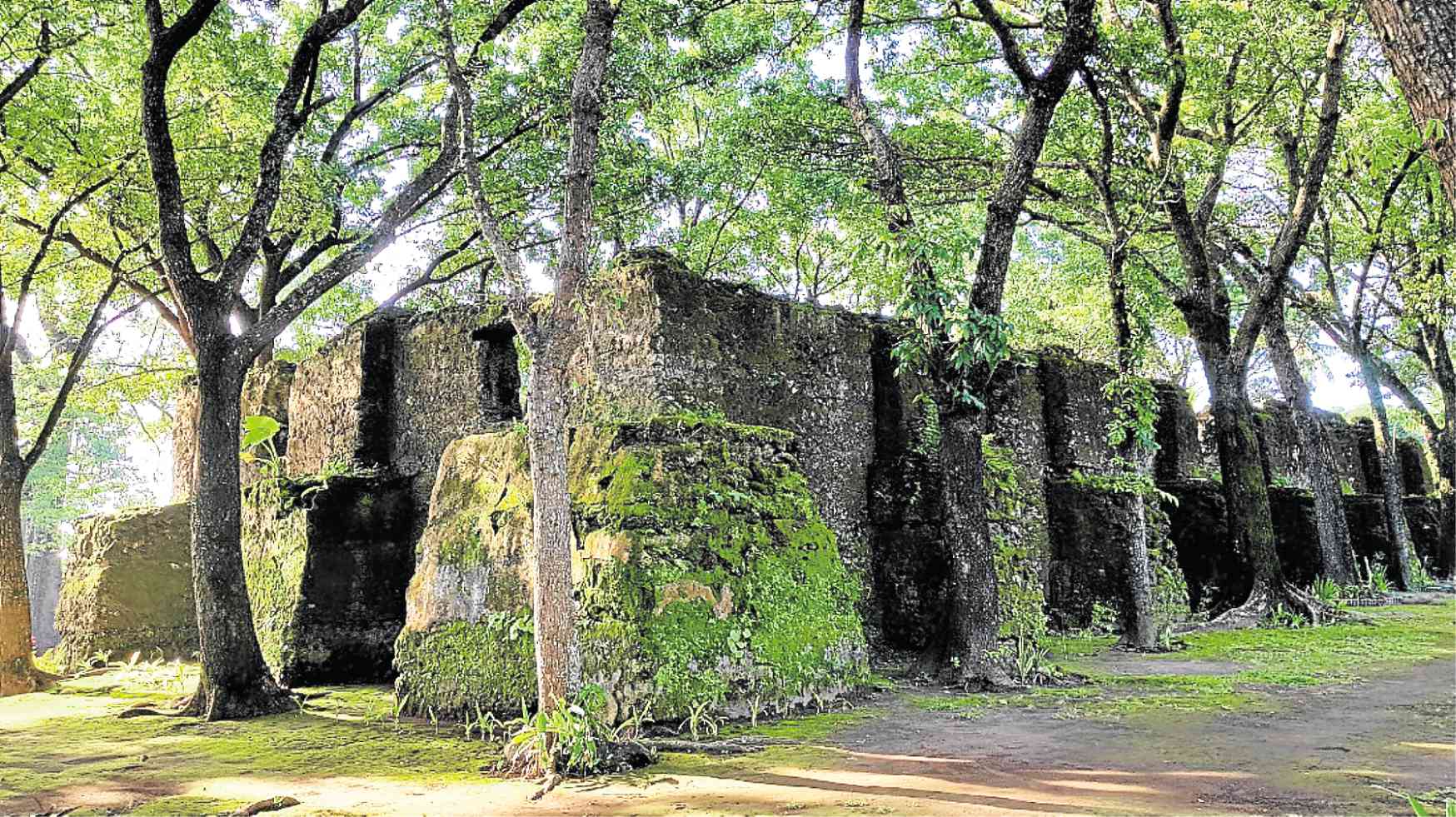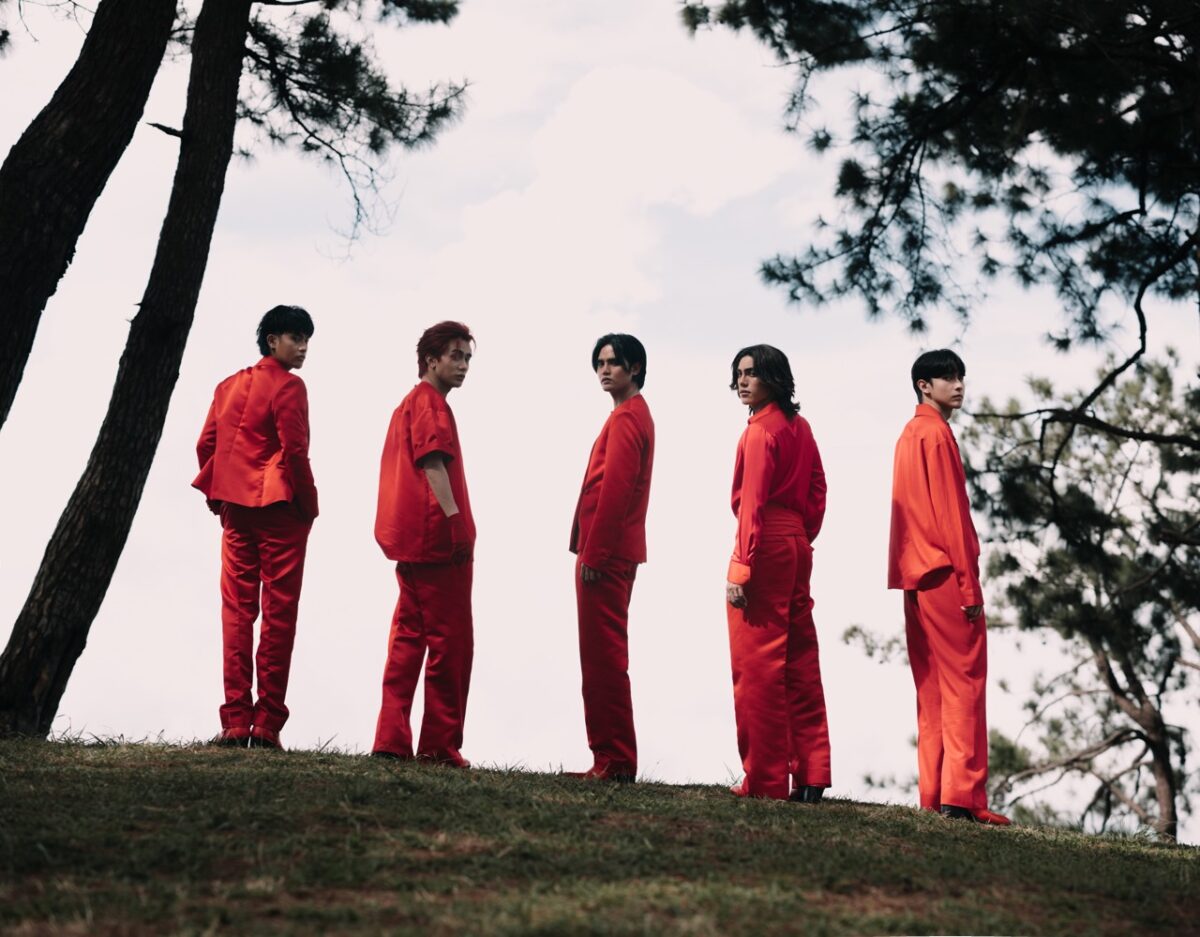
The National Museum of the Philippines has declared more than 40 sites in the country as National Cultural Treasures (NCT) and Important Cultural Properties (ICP), most of them coming from the island-province of Camiguin in northern Mindanao.
Declared national treasures are the archaeological sites in Camiguin: the Old Bonbon Church ruins in Catarman, Sunken Cemetery also in Catarman, and the Spanish-era watchtower in Guinsiliban.
The Sunken Cemetery was Catarman’s Spanish-era cemetery which sank underwater following the eruption of Mt. Vulcan in the 1870s.
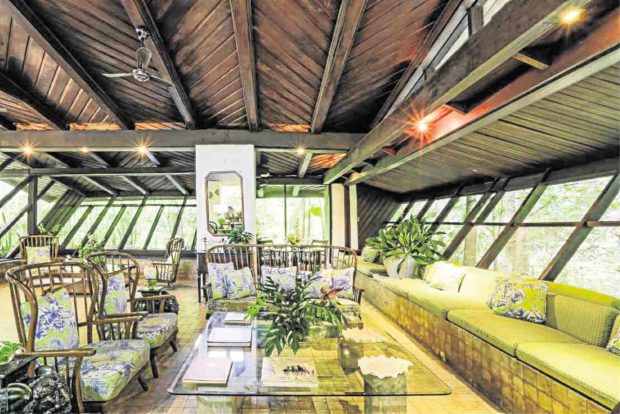
The image of Nuestra Señora dela Soledad de Porta Vaga in Cavite City (“including the intangible properties intrinsic to the cultural significance of the painting”), Pila Archaeological Site in Laguna, and San Pancracio chapel inside La Loma Cemetery bordering Manila and Caloocan, were also declared NCTs.
Declared ICPs are Manila’s Immaculate Conception Cathedral, El Hogar Filipino Building, Philippine Post Office, Bureau of Customs in Port Area, Aduana in Intramuros, Tondo Church complex and Tomas Pinpin Monument in Binondo.
Also declared ICPs are the centuries-old San Francisco Bautista Church complex in Quezon City, old Concepcion Mansion in Pasig (now Pasig City Museum), Pateros Church complex, Santa Ana Church complex in Taguig, Pablo S. Antonio House in Pasay, and national penitentiary main building in Muntinlupa.
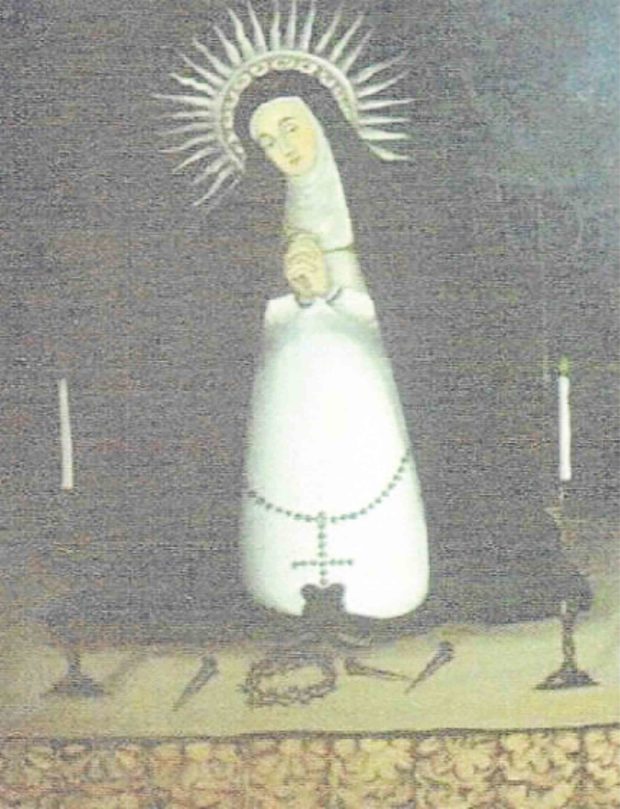
Completing the Luzon ICP sites are the Pindangan Ruins in San Fernando City and San Juan Church in La Union, San Fernando Cathedral in Pampanga, Cuartel de Santo Domingo in Santa Rosa, Laguna, and Boac Cathedral in Marinduque.
In the Visayas, declared ICPs are heritage sites in Negros Occidental: the art deco Daku Balay, Negros Occidental Museum and Yulo Park in Bacolod City; Balay ni Tana Dicang and Lacson Mansion in Talisay; Ma-ao Sugar Central in Bago City; and the sugar simborios (smokestacks) of the province.
Likewise declared ICPs are the old Presidencia Building in Dumaguete City and the Santo Niño Church in Valencia, Bohol, famed for its wooden floor with herringbone design.
More
In Camiguin, the old Mambajao Fountain, Old Mambajao Municipal Building and the façade of the Santo Rosario Church in Sagay town have been declared ICPs together with 14 heritage houses in the province.
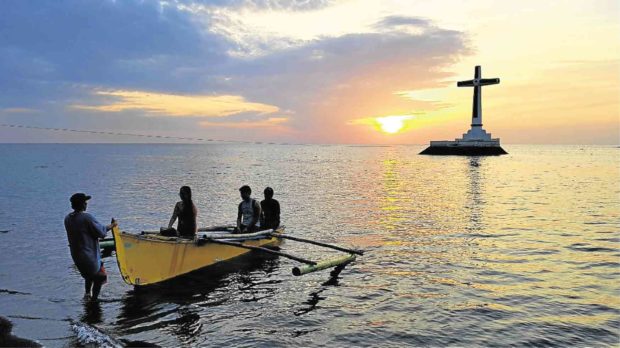
The 14 ICP houses include those owned by the Borromeo, Bacut, Luspo, Neri, Nery, Nerio-Chan, Corrales, Corrales y Gamali, Francisco, Juni and Lim families, as well as the Catalino Chan and Eleuterio Chan ancestral houses.
Republic Act No. 10066, otherwise known as the National Cultural Heritage Act of 2009, defines NCTs as cultural properties “possessing outstanding historical, cultural, artistic and/or scientific value which is highly significant and important to the country and nation.”
The same law defines ICP as cultural properties “having exceptional cultural, artistic and historical significance to the Philippines.” —CONTRIBUTED

